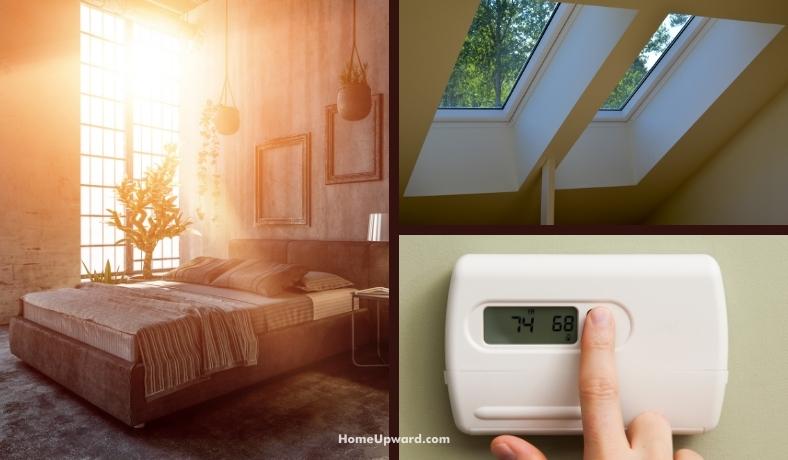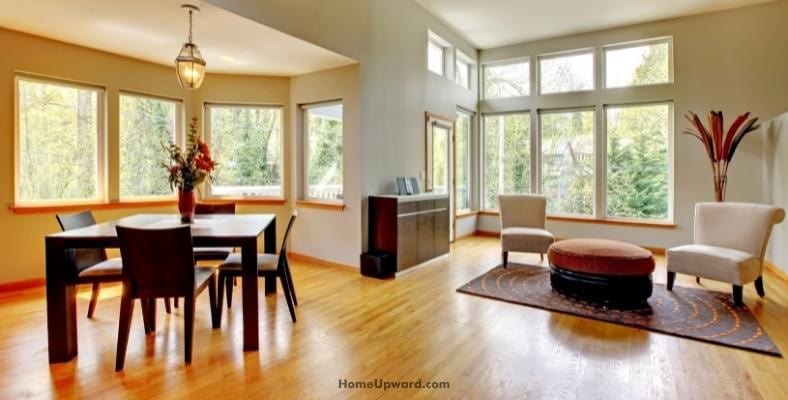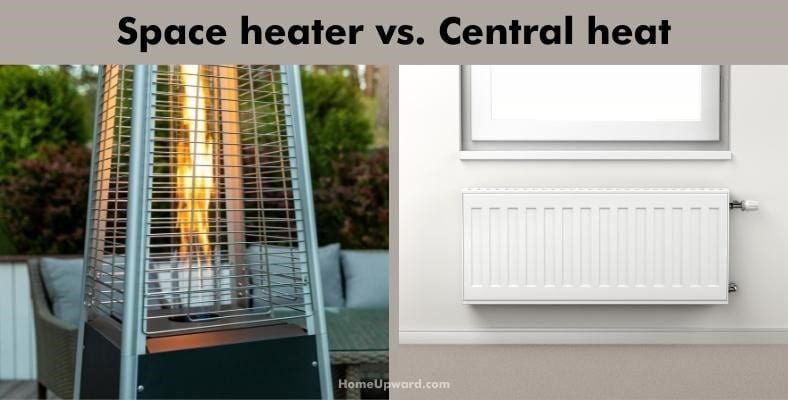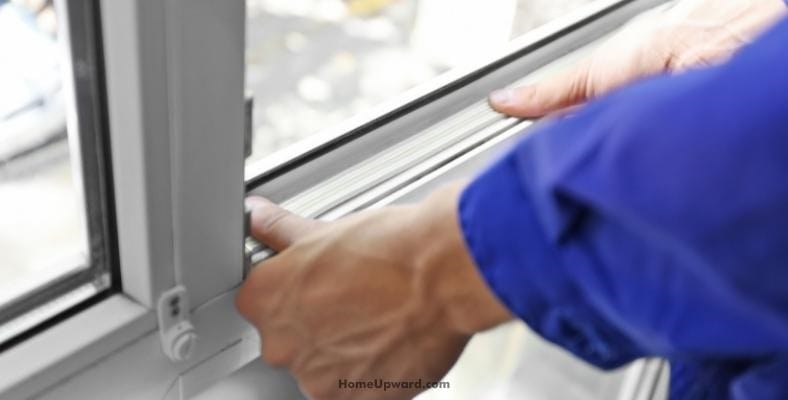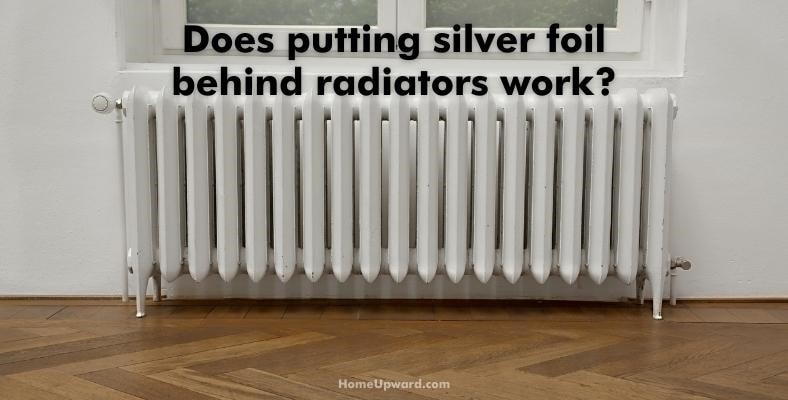While central heating is common and many people take it for granted, many don’t have it. It can be an expensive and sometimes inefficient way to heat your house or apartment.
The good news is that there are other ways to help you stay warm and cozy while slashing energy costs.
Contents
How to Keep a House Warm Without Central Heating
Why Is Central Heating So Expensive?
Central heating uses electricity or gas to produce heat for a household. According to an article in Stanford Magazine, nearly a whopping 70 percent of energy is lost during the transfer of raw energy into heat while using central heating.
More energy is lost due to dissipation as it transfers throughout your house. This process leaves a lot of lost energy and money. It’s also because of open heating/AC vents to blow air into rooms when you’re not even in them.
The larger the home or apartment, the worse it is because it will take more time for the HVAC unit to run to bring the temperature up inside. More air to heat means more energy use.
14 Good Ways to Warm a House Without Central Heating
There are numerous ways to efficiently and cheaply keep your house warm without central heating. Many of these methods are simple, cost-effective, and can be done in a few minutes.
Here are 14 tips to help you heat your house without using central heating.
1. Open Window Blinds and Curtains During Sunlight Hours
While it may sound simple, opening your blinds during a sunny day can make a big difference in your heating bill. The temperature outside might be frigid, but the sun will provide a pleasant warmth during the day.
Alternatively, on dreary days with little sunlight, closing your blinds and curtains or installing thermal curtains will prevent heat loss.
2. Install Skylights
Like opening window blinds and curtains, installing a skylight in a part of the house that will see plenty of sunshine is a great way to let your home naturally warm up in the winter months.
3. Seal Off Your Chimney
If your house or apartment has a chimney, blocking it off could prevent warm air from leaking out. An insulator or chimney balloon can be fitted to prevent air leaks.
4. Cover Bare Floorboards
Another simple way to prevent heat loss is to cover any bare floorboards in your house. Laying a rug down on these floorboards is an easy way to save on your energy bill.
5. Seal All Drafts, Gaps, and Windows
You can find drafts all over your house – primarily in windows and doors. Installing insulation of some form in these areas can prevent air leaks and keep cold air out.
Weather stripping tape can block the gaps but rolled-up blankets can also do the trick in a pinch.
Glazing film can also be used on your windows. It can keep the hot air inside during the winter months and prevent it from getting in during the summer.
6. Use a Smart Thermostat
Smart thermostats are brilliant devices for saving money on your heating bill. They can detect changes in temperature in your house that could be caused by cooking or a hot computer and then adjust the temperature as necessary.
A smart thermostat also learns your activity patterns and will adjust how your house is heated while you are out, saving money in the long run.
7. Use Energy-Efficient Space Heaters
Space heaters are a great way to heat the rooms you most often frequent, though not all space heaters are created equal. When in the market for purchasing one, try to find a newer model.
These electric space heaters use less energy to produce hot air while also having energy-saving features to boot.
8. Make Your Radiator Heater More Efficient
There are several ways to make a radiator more efficient in heating your house. Bleeding your radiator to release the trapped air inside it allows hot water to fill the entire device, providing more heat in your house.
You can also use a radiator reflector.
9. Use Warmer or Additional Clothing
While it may sound simple, wearing warmer clothes or additional layers during the winter will let you keep the house’s temperature lower, saving money on your energy bill.
Clothing such as heavy socks, slippers, jackets, and scarves can help you retain body heat in the winter months.
10. Use Kerosene, Gas, or Oil Heaters
A kerosene heater is a great way to keep a house warm without central heating. They are portable and produce a large amount of hot air.
Some apartments do not allow tenants to use a kerosene heater, so consult your landlord before buying one. You might also need to crack a window to help with ventilation while using a kerosene heater.
Gas space heaters have many of the same benefits as a kerosene heater such as their ability to generate a lot of heat efficiently and a low purchase price. Gas space heaters also burn cleaner than kerosene.
There are a few drawbacks to this, though: live flames can’t be left unattended in the house and humidity is added by these heaters’ burning fuel.
Radiant oil heaters can easily be mistaken for a more traditional radiator but use electricity for heat. The oil inside the heater heats up to provide warmth to a room.
They’re quiet with no fans and are cooler to the touch than traditional radiators. The biggest drawback to this type of heater is its slow warm-up time and the larger amount of space they take up.
11. Boil Water to Raise the Humidity and Warmth
Boiling water briefly can provide some heat in a room and will also raise the humidity, helping to relieve the symptoms of dry air that come with the winter months.
Using the stove or oven for cooking will also warm the house.
12. Use a Wood Stove or Artificial Log
If you’re lucky enough to have a wood stove or fireplace, starting a fire in them can be a great way to heat your house for a relatively inexpensive price. If real wood is hard to find artificial logs can be used to safely provide heat for the entire house.
13. Close Off Unused Rooms
There’s no reason to provide heat to unused rooms, so close them off in the winter.
14. Use Electric Blankets and Low-Temperature Sleeping Bags
Electric blankets are an easy way to stay warm while in bed. You can also sleep in low-temperature sleeping bags to retain body heat.
Which Is Cheaper, a Space Heater or Central Heat?
In a study done by Colorado State University, it was found that space heaters lose much less energy than traditional central heat.
When heating smaller areas, a space heater can be a cheap way to keep a house warm without central heating.
What’s the Cheapest Way to Heat Your House?
One of the cheapest ways to insulate a house is to make it more resistant to cold air seeping in.
Adding extra insulation, sealing off unused rooms, and investing in a smart thermometer make the job of heating a house cheaper. Doing this along with using a space heater is one of the cheapest ways to keep your house warm.
Does Putting Silver Foil Behind Radiators Work?
In short, yes! In an article from The Guardian, it’s been demonstrated that foil behind a radiator can reflect heat into the room instead of letting it escape through the walls.
You can place foil using a DIY method of wrapping the foil around a piece of cardboard. You can also buy special radiator foil to do the same easily.

